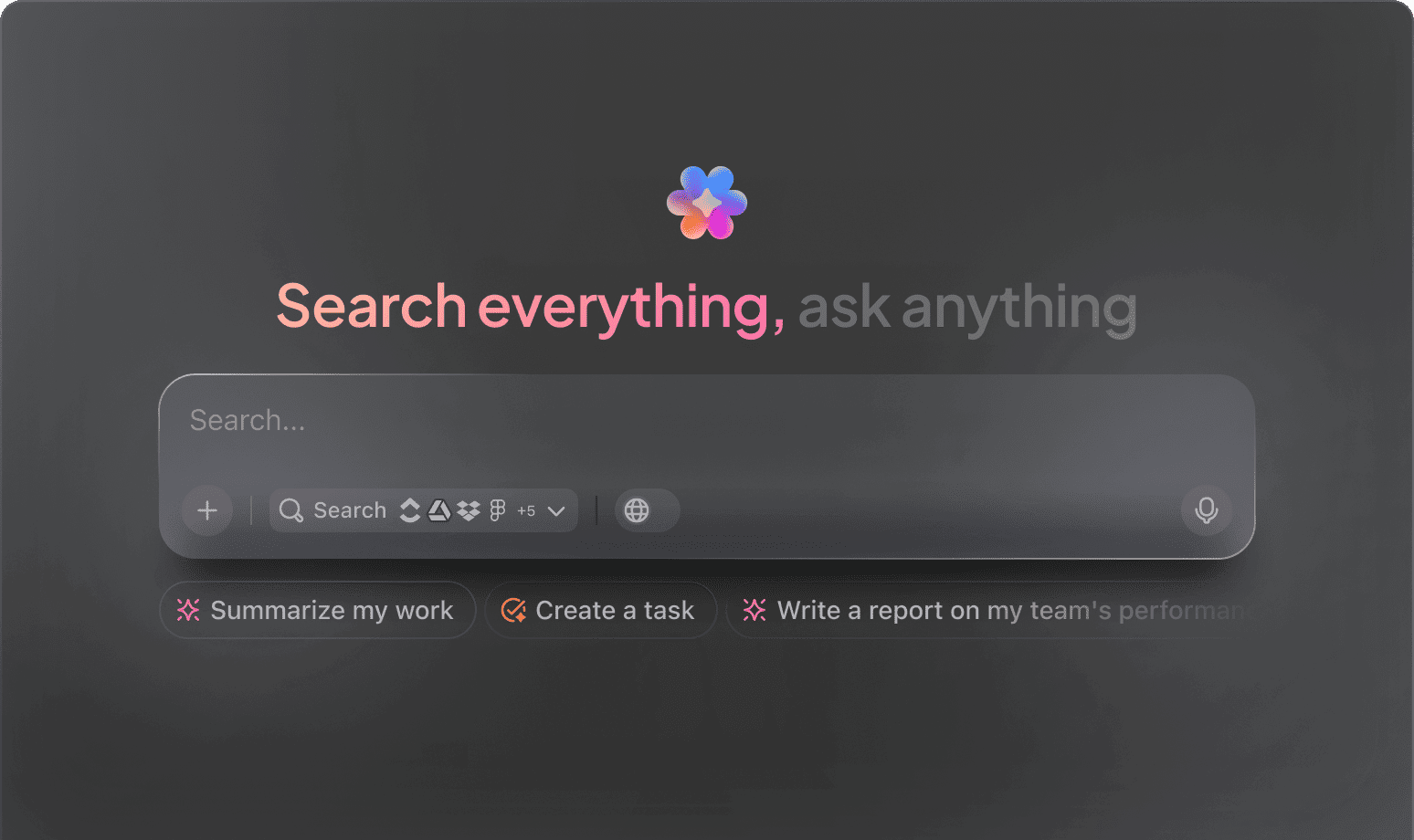AI Penetration Testing Reports
Top AI Prompts for Penetration Test Reporting
Generate detailed security assessments, organize findings efficiently, and elevate your penetration testing process with ClickUp AI.
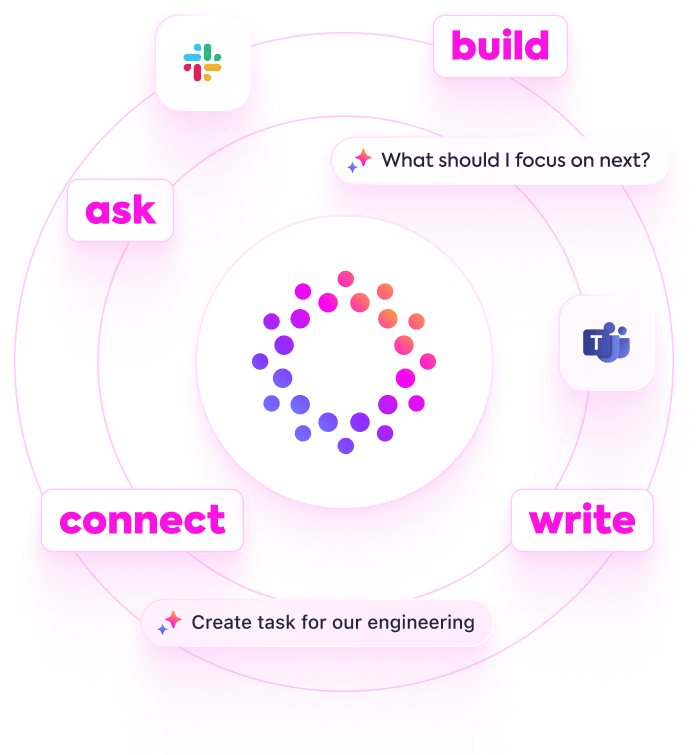
Trusted by the world’s leading businesses
AI in Penetration Testing
Revolutionizing Penetration Test Reporting with AI Prompts
Crafting thorough penetration test reports goes beyond listing vulnerabilities—it requires clear communication, precise documentation, and actionable insights.
From initial scanning to vulnerability analysis, risk assessment, and remediation planning, penetration testing demands meticulous attention to detail and efficient collaboration. AI prompts are now pivotal in streamlining these complex workflows.
Security teams leverage AI to:
- Quickly identify and highlight critical security findings
- Generate detailed vulnerability descriptions and remediation steps with minimal effort
- Summarize technical data and test results into clear, client-ready reports
- Transform raw scan outputs and notes into structured outlines, checklists, or follow-up tasks
Integrated within familiar tools—such as documents, dashboards, and task trackers—AI in platforms like ClickUp Brain acts as a smart partner, converting technical inputs into organized, actionable deliverables.
ClickUp Brain vs Conventional Solutions
Why ClickUp Brain Stands Apart
ClickUp Brain integrates seamlessly with your workflow, understands your context, and empowers you to focus on action instead of explanation.
Standard AI Assistants
- Constantly toggling between apps to collect information
- Repeating your objectives with every query
- Receiving generic, irrelevant outputs
- Hunting through multiple platforms to locate a single document
- Interacting with AI that only processes commands passively
- Manually switching between different AI engines
- Merely an add-on in your browser
ClickUp Brain
- Deeply connected to your tasks, documentation, and team communications
- Retains your project history and priorities
- Provides insightful, context-driven guidance
- Offers consolidated search across all your resources
- Supports voice commands through Talk to Text
- Automatically selects the optimal AI model: GPT, Claude, Gemini
- Dedicated desktop app for Mac & Windows designed for efficiency
Penetration Test Report Prompts
15 Essential AI Prompts for Penetration Test Reporting (Optimized for ClickUp Brain)
Enhance security assessments—report drafting, vulnerability analysis, and compliance simplified.

Identify 5 critical vulnerability categories found in the ‘Q2 Penetration Test Summary’ document.
Use Case: Accelerates focus on key security risks by leveraging past test data.
ClickUp Brain Behaviour: Analyzes linked report content to extract and categorize prevalent vulnerabilities for quick review.

What are the latest attack vectors targeting web applications in financial services, based on recent threat intelligence reports?
Use Case: Guides security teams to prioritize defenses against emerging threats.
ClickUp Brain Behaviour: Aggregates insights from internal and external intelligence sources to highlight current exploit trends.

Draft a penetration test scope document focusing on network infrastructure, referencing ‘Network Test Plan v3’ and prior assessments.
Use Case: Ensures alignment on testing boundaries and objectives across teams.
ClickUp Brain Behaviour: Extracts relevant scope details from linked files to generate a structured and clear test plan.

Summarize comparative findings between OWASP Top 10 vulnerabilities and our latest scan results from the ‘Vulnerability Assessment Q1’ doc.
Use Case: Facilitates quick understanding of compliance gaps without manual cross-referencing.
ClickUp Brain Behaviour: Processes tabular and narrative data to deliver a concise vulnerability comparison report.

List recommended remediation strategies for SQL injection flaws, referencing internal knowledge base and recent test reports.
Use Case: Supports developers with actionable fixes to improve application security.
ClickUp Brain Behaviour: Scans documentation to collate effective mitigation techniques and best practices.

From the ‘Wireless Security Testing’ document, generate a checklist for assessing Wi-Fi encryption standards.
Use Case: Simplifies test execution by providing a ready-to-use evaluation framework.
ClickUp Brain Behaviour: Identifies key assessment points and formats them into a structured task list.

Summarize 3 emerging social engineering tactics identified in recent phishing simulations and security awareness reports.
Use Case: Keeps security training materials current and relevant.
ClickUp Brain Behaviour: Extracts recurring themes and patterns from linked research and incident data.

From the ‘User Access Review Q2’ doc, summarize critical findings on privilege escalation risks.
Use Case: Helps security teams focus on high-risk access control issues.
ClickUp Brain Behaviour: Analyzes survey and audit data to highlight common vulnerabilities and risky permissions.

Write clear and concise vulnerability descriptions for the executive summary section, using the tone guidelines in ‘SecurityReportTone.pdf’.
Use Case: Speeds up report writing while maintaining professional and accessible language.
ClickUp Brain Behaviour: References tone documents to suggest phrasing options tailored for diverse audiences.

Summarize updates in PCI DSS 4.0 compliance requirements and their impact on our penetration testing procedures.
Use Case: Ensures testing aligns with the latest regulatory standards.
ClickUp Brain Behaviour: Condenses linked compliance documents and highlights actionable changes.

Generate configuration guidelines for secure SSH access based on internal policy documents and recent audit findings.
Use Case: Supports system administrators in enforcing robust access controls.
ClickUp Brain Behaviour: Extracts best practices and compliance notes to create a clear checklist.

Create a checklist for web application firewall (WAF) rule validation using the ‘WAF Deployment’ folder and recent test results.
Use Case: Helps QA teams verify WAF effectiveness systematically.
ClickUp Brain Behaviour: Identifies key validation points and organizes them into actionable tasks.

Compare incident response procedures across three recent penetration tests documented in our workspace.
Use Case: Supports continuous improvement of security operations.
ClickUp Brain Behaviour: Summarizes procedural differences and highlights best practices in a clear format.

What are the latest trends in cloud security vulnerabilities since 2023, based on internal research and industry reports?
Use Case: Guides security teams in adapting testing strategies to evolving threats.
ClickUp Brain Behaviour: Synthesizes data from multiple sources to outline emerging risks and mitigation approaches.

Summarize key findings from penetration tests conducted on IoT devices in the Asia-Pacific region, focusing on firmware and network vulnerabilities.
Use Case: Informs targeted security enhancements for region-specific deployments.
ClickUp Brain Behaviour: Extracts and prioritizes critical issues from survey data, test reports, and incident logs.
Accelerate Penetration Testing Reports with ClickUp Brain
Cut down redundant tasks, unify your security team, and produce comprehensive reports powered by AI-driven processes.





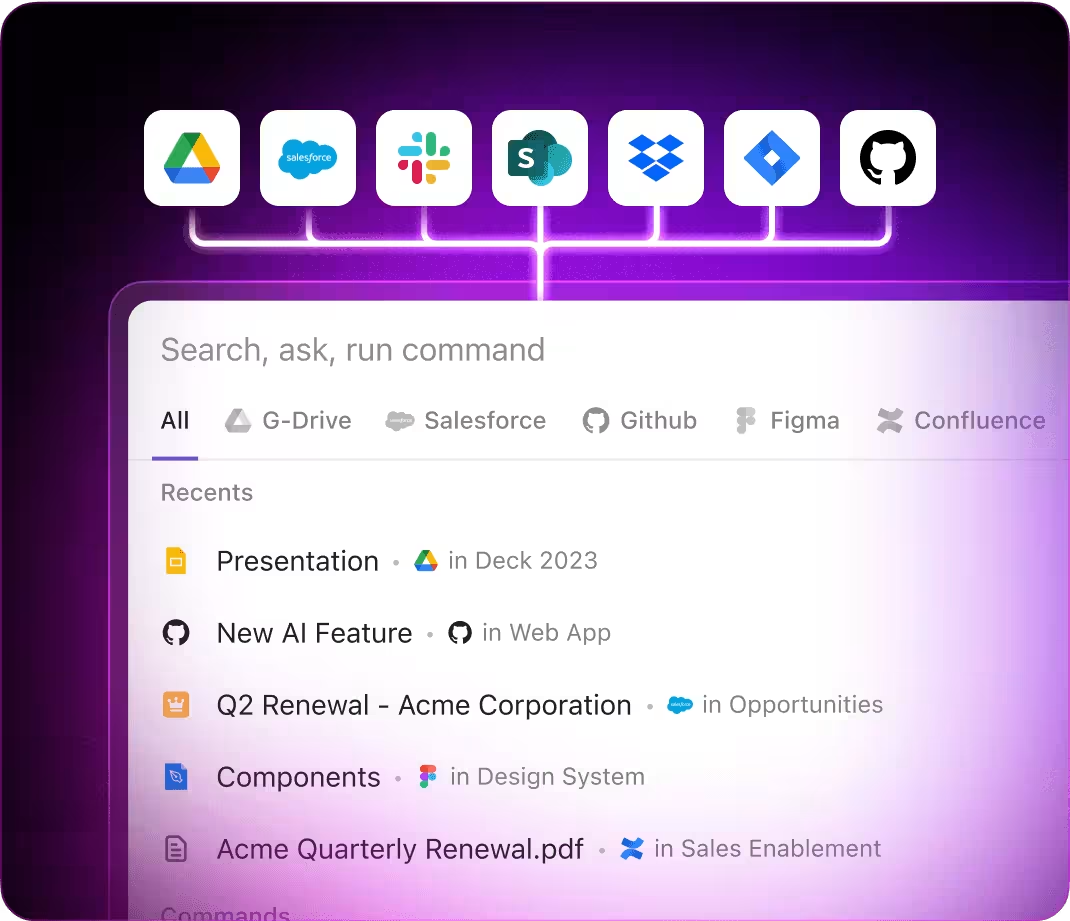
AI in Cybersecurity
Key Applications of AI Prompts in Penetration Test Reporting
Speed up analysis, enhance precision, and uncover vulnerabilities effectively using AI-powered prompts
From Raw Data to Penetration Test Reports
Penetration testing starts with fragmented findings and complex logs. ClickUp Brain organizes this information into clear, actionable reports—right within ClickUp Docs.
Leverage ClickUp Brain to:
- Convert scattered test results into polished report templates
- Produce insightful summaries using context-aware AI tailored to your security data
- With Brain Max, instantly search through previous assessments, vulnerabilities, and notes to enhance your current analysis.
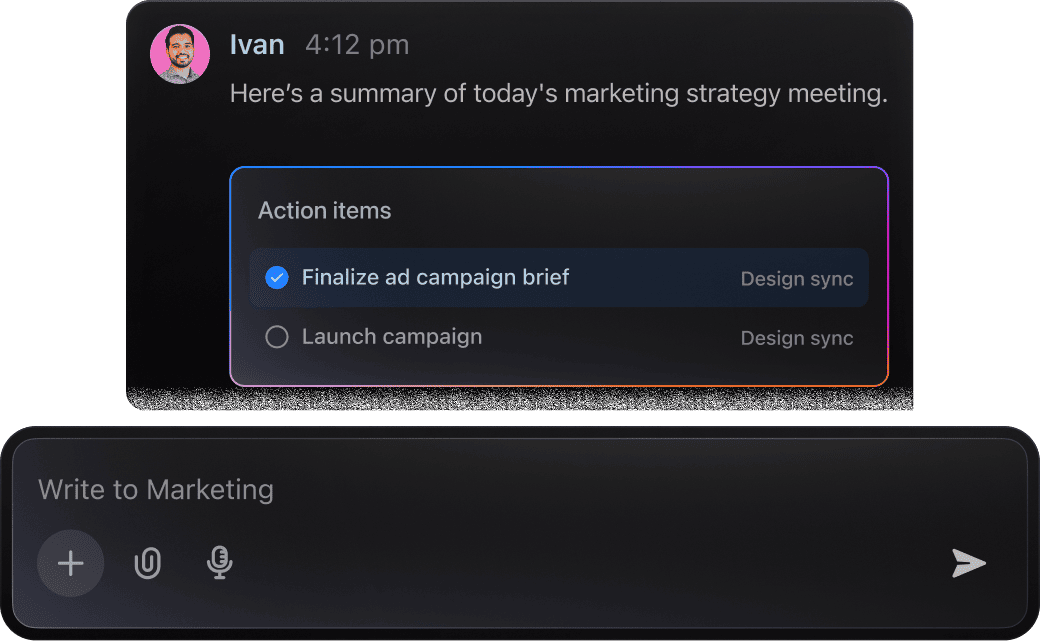
From Discovery to Defense
Security teams handle extensive vulnerability logs and test findings. ClickUp Brain empowers you to pinpoint critical risks, highlight remediation steps, and create comprehensive reports from these details.
Leverage ClickUp Brain to:
- Condense penetration testing results documented in tasks or Docs
- Convert detailed vulnerability notes into prioritized mitigation tasks
- Automatically generate executive summaries or compliance reports
- With Brain Max, instantly retrieve past security assessments, exploit comparisons, or threat analyses across your workspace—eliminating tedious searches through raw data.
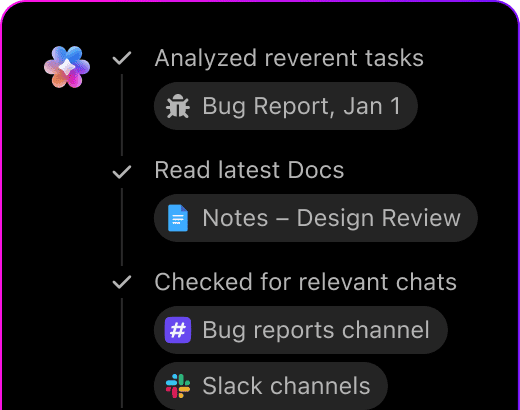
Penetration Test Report Automation
Creating detailed penetration test reports involves managing complex data, findings, and recommendations. ClickUp Brain simplifies this process by extracting key points and crafting clear, consistent report content.
Leverage ClickUp Brain to:
- Analyze raw test logs and highlight critical vulnerabilities
- Draft precise, professional report sections tailored to stakeholders
- Convert tester notes and discussions into prioritized remediation tasks
- Brain Max enhances this by linking past assessments and compliance standards, supporting thorough and compliant reporting throughout extended security projects.
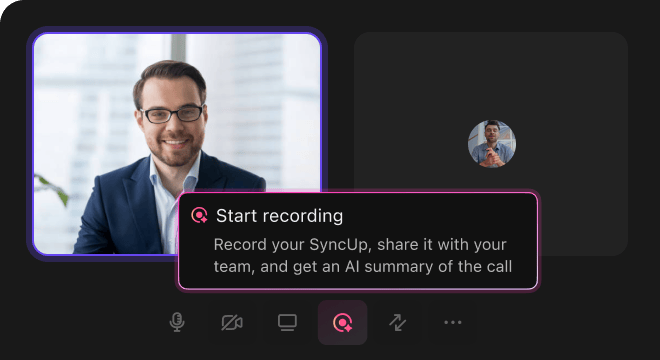
AI Advantages
How AI Prompts Revolutionize Penetration Test Reporting
Harness AI-driven prompts to enhance every phase of your penetration testing process:
- Accelerate findings: Quickly transform raw data into detailed vulnerability reports and summaries
- Minimize errors: Detect discrepancies by cross-referencing previous assessments and client feedback
- Align your team: AI-crafted briefs and updates ensure everyone stays informed and coordinated
- Make informed decisions: Generate actionable insights on threat landscapes and compliance requirements
- Elevate security posture: Develop innovative strategies that anticipate emerging risks.
All these capabilities integrate directly within ClickUp, turning your AI-generated content into actionable tasks, comprehensive documents, and insightful dashboards that drive security projects forward.
Prompt Guidance
Crafting Effective Prompts for Penetration Test Reports
Clear prompts unlock precise security insights.

Define the security assessment scope clearly
Vague prompts yield broad results. Specify details like system type (e.g., “web application” or “IoT device”), testing focus (e.g., “network vulnerabilities” or “application logic flaws”), or compliance standards (e.g., “PCI-DSS” or “HIPAA”).
Example: “Identify common injection flaws in a cloud-based CRM platform used by financial firms.”

Use comparative prompts to evaluate risks
AI excels at distinguishing subtle differences in threat levels or mitigation strategies. Use prompts like “compare vulnerability A vs vulnerability B” to prioritize fixes or analyze attack vectors.
Example: “Compare the impact of SQL injection versus cross-site scripting on e-commerce platforms.”

Frame prompts around penetration testing objectives
Approach your prompt as a specific task you want AI to accomplish. Instead of “Generate report content,” focus on outcomes:
Example: “Draft an executive summary highlighting critical findings from a penetration test on a corporate VPN.”

Specify the desired output format
Need a risk matrix, remediation checklist, or detailed vulnerability description? Indicate the format explicitly. AI delivers better when output structure is clear.
Example: “Provide a prioritized list of vulnerabilities with recommended fixes in bullet points.”
Accelerate Penetration Test Reporting with ClickUp Brain
ClickUp Brain goes beyond basic task tracking—it's your strategic partner throughout the entire penetration testing report process.





